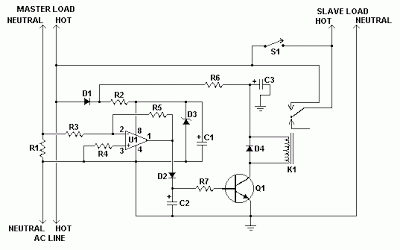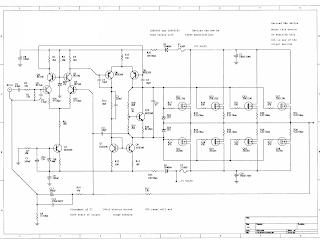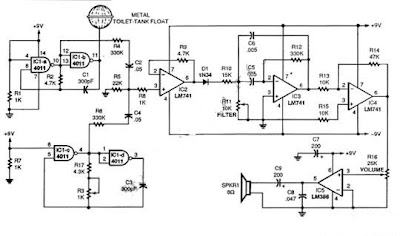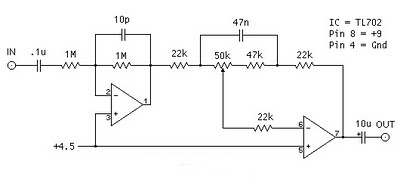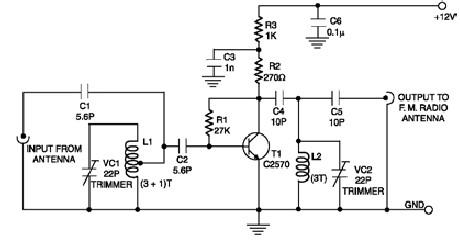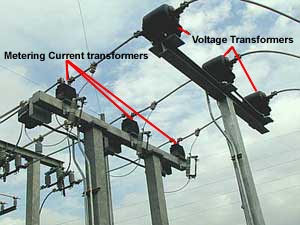Doorbell with Counter Circuit Diagram
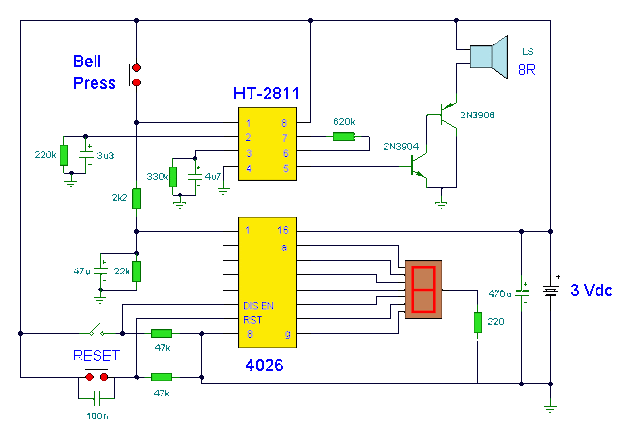
This circuit is a doorbell with counter , that means it counts how many times the bell is triggered . It uses a chip synthesizer sound, the HT -2811 ms nothing prevents you from using another device sound generator . The HT -2811 reproduces the sound of a " ding-dong" doorbell . Besides this ic , the circuit includes a CMOS 4026 and Display Driver IC which counts the total number of visitors . Electronic Doorbell with Counter Circuit Diagram






